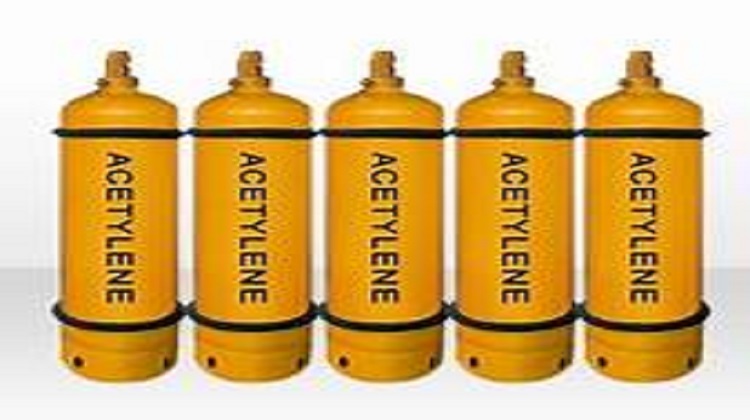There is a gas that is used in various ways in daily activities, and many don’t even know much about it. This gas is acetylene. It is a colourless, flammable gas with an unpleasant odour. It gets highly volatile when melted, compacted, heated, or combined with oxygen. Consequently, particular measures must be taken throughout its manufacture and usage. The gas has been most commonly utilised as a raw resource in the synthesis of various biomolecules, such as 1,4-butanediol, which is widely employed in creating polyester and polyurethane polymers. The next most frequent application is as a gas constituent in oxidised welding and metallic slicing. It is used in various dry-cell devices, and acetaldehyde is utilised in vitamin biosynthesis.
Evolution of Acetylene
It was found while Edmund Davy started tinkering on potassium carbide around 1836. Perhaps one of his biochemical processes resulted in a combustible gas, which would be recognised today as acetylene.
By the late 1800s, a technique for producing it via mixing calcium carbide with H2O had been devised. This created a regulated jet of it, which was then burned up in the atmosphere to make a dazzling bright flash.
Before the widespread introduction of electric lighting, miners utilised carbide torches and carbide lights for roadway luminance. Georges Claude & A. Hess discovered during 1897 how the gas could be kept secure by decomposing it all in acetone. Around 1905, Nils Dalen used this innovative approach to create long-burning, controlled naval and railway turn signals. Dalen began building a butane torch for soldering and aluminium cutting around 1906.
BASF, a German company, devised a technique for utilising natural gas with petroleum-based compounds in the 1920s. Germany’s initial factory began operating. In the mid-1950s, the practice arrived in the US and rapidly became the primary way of generating gas.
As emerging innovations for turning it into useful polymers and compounds were invented, interest in this element increased. Ever since the 1980s, its market has grown modestly at a pace of 2-4 per cent each year.
Handling and Storage
Since it is a very volatile substance, it should be kept and managed with extreme caution. Whenever it is carried through pipes, the level is maintained very minimally, and the pipe size is kept extremely low. Throughout most chemical manufacturing facilities, it is just delivered beyond a neighbouring factory, or “over the fence”, how the chemical processing industry refers to it.
Dedicated storage cylinders can be used when the gas must be constantly pressurised and maintained to be used in acetylene cutting and iron cutting operations. The canisters are loaded with an absorbing substance, such as vermiculite and a trace of acetone. Liquid gas is poured into the tanks at a strength of roughly 300 psi, which is decomposed in acetone. It eliminates its destructive force when dissolved, safe for people to carry. Once the tank valve opens, the pressure decrease allows part of it to re-vaporise and stream through the linking tube to the piercing or slashing torch.
Quality Assurance
Grade B gas has a maximal impurity content of 2% and is commonly used for oxy-acetylene smelting and welding. This criterion is met by the component created by the oxidising agent method. Grade A gas has not much over 0.5 per cent contaminants and is commonly utilised in chemical manufacturing operations. Regardless of the exact technique and natural resources, the effect of the thermal grinding process may fulfil this requirement or need more refinement.



